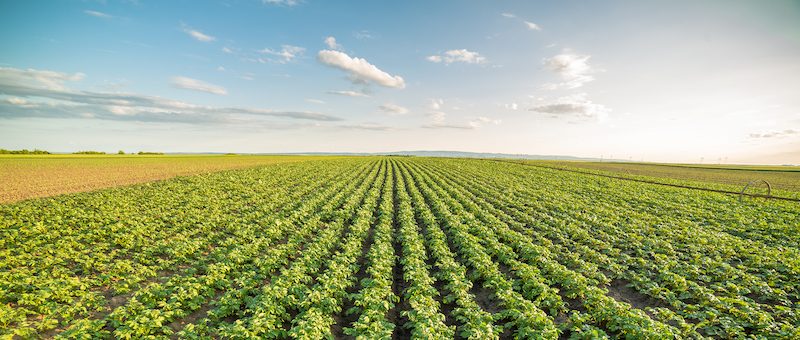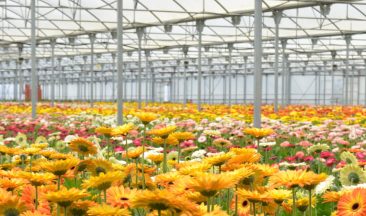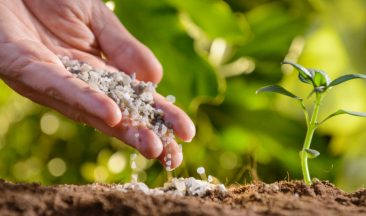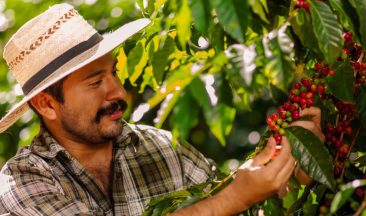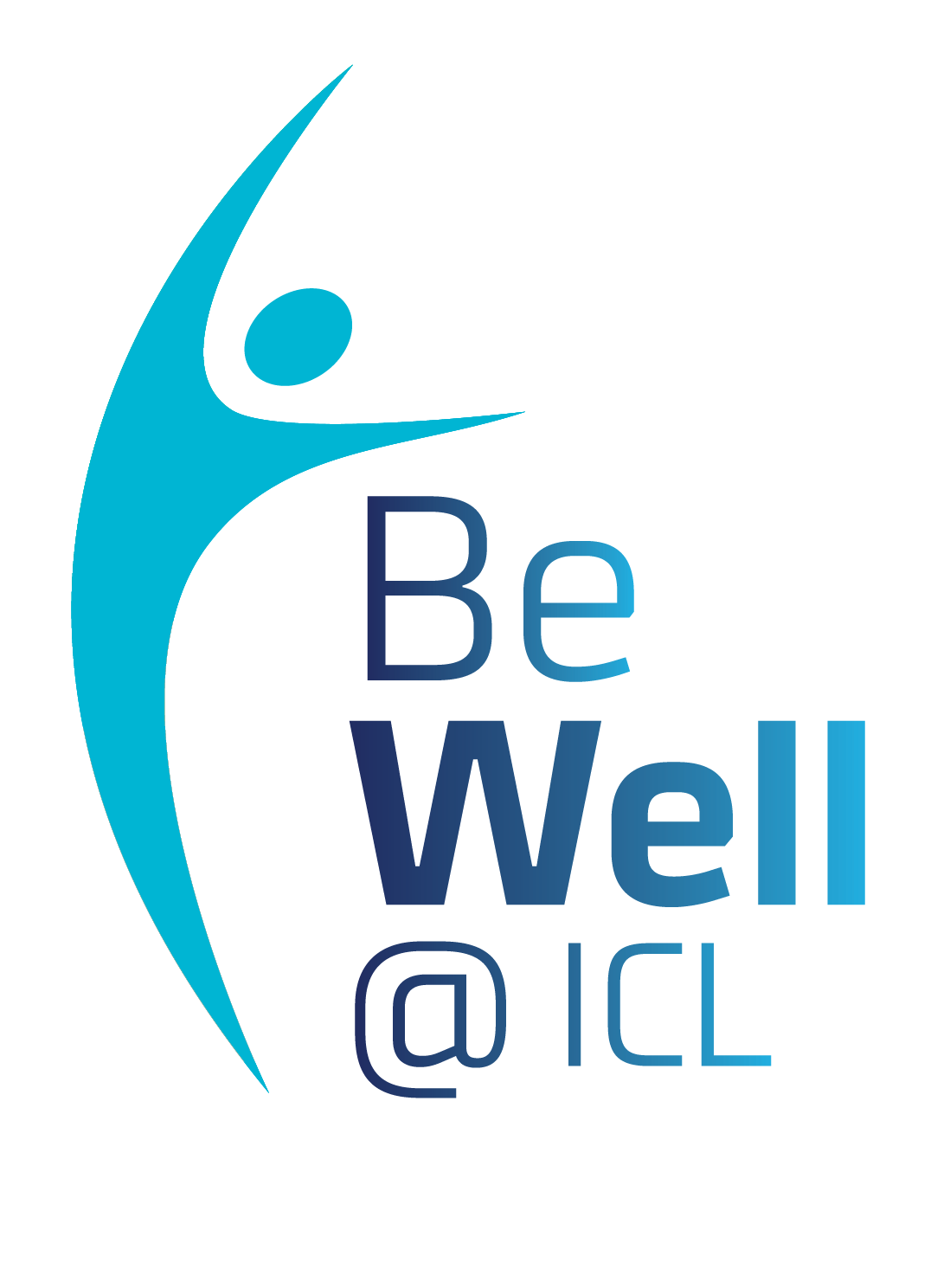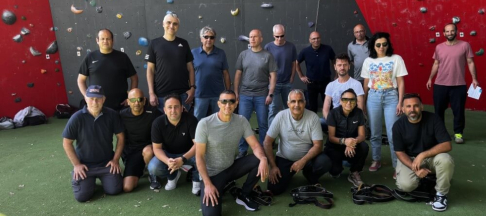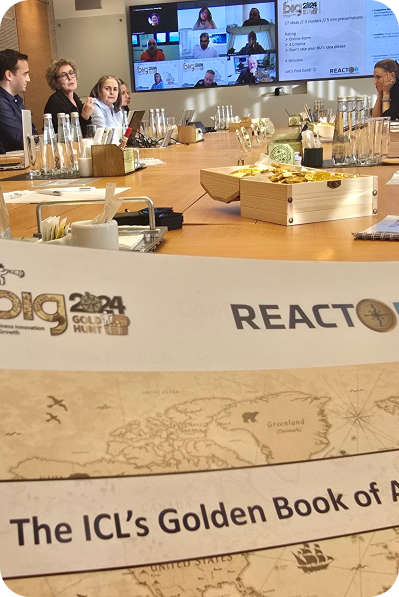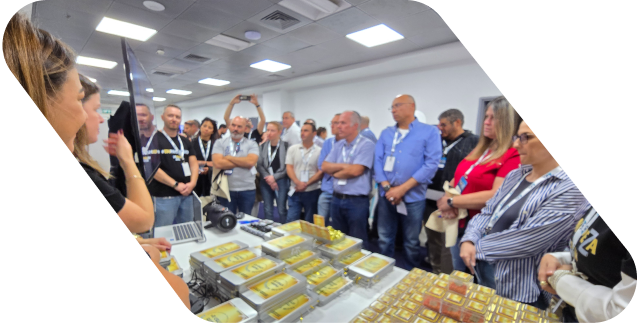Controlled Release Fertilizers (CRFs) are specialized fertilizers coated with a semipermeable membrane, designed to gradually release nutrients into the soil over time, providing a steady and predictable supply of essential nutrients to plants.These and other fFertilizers are used by farmers around the world to increase yields and produce better crops. They can supply a wide range of nutrients, from the three basic macronutrients (nitrogen, phosphorus, and potassium), to a number of micronutrients that assist with plant growth.
There are various types of fertilizers and different application methods (such as granular fertilizers, WSF or liquid, application before planting/seeding, broadcasting, top dressing, side dressing, through drip lines, or as a foliar feed) and one should consider the nutrient needs of your crop, the soil characteristics, and the time/resources available when deciding which fertilizer and application method to use.
With many farmers concerned with nutrient use efficiency and environmental impact, many have chosen to utilize controlled release fertilizers or CRFs. CRFs are granular fertilizers coated with a semipermeable membrane that gradually release nutrients into the soil over a given period of time and are commonly used across agricultural production.
Studies have shown that growers can achieve higher production and higher quality using CRFs while meeting new regulations to limit nitrogen losses to the environment.
CRFs are used in all agricultural and horticultural crops across the world and the specific CRF products differ for each crop, nutrient composition, release time, and more. Understanding how to use controlled release fertilizers, controlled release versus slow-release fertilizers, the advantages of controlled release fertilizers, and how ICL can help with all your CRF needs will help with CRF implementation in your practices.
History of CRFs
The first commercial plant fertilizer was patented in 1842 by Sir John Bennet Lawes and after 100+ years of research, the first Controlled Release Fertilizer (CRF) was created in 1960 by Archer Daniels Midland Company. Since then, world food production has become highly dependent on the use of fertilizers, as they help increase crop yields, enabling us to produce more food for more people. This increase in crop production in turn means that less land is needed for farming because of its efficient use.
However, there are some negative effects of fertilizers on the environment that have become deeply concerning. For example, the overapplication of fertilizers can result in excessive nitrogen running off of fields and into nearby bodies of water, disrupting the ecosystem.
By understanding how fertilizers work, specifically controlled release fertilizers, you can get an idea of how they play a key role in contributing to world food production and preserving the environment.
How do CRFs work?
Controlled Release Fertilizers (CRFs) are granular fertilizers that are covered by a semipermeable membrane and when applied to the soil, allow moisture to penetrate it and reach the nutrient(s) inside.
“The core of the controlled release fertilizers start to dissolve and day by day, at a rate influenced by soil temperature, small amounts of nutrients are released back into the rooting zone for plant uptake. This practice limits nutrient losses and offers predictable availability of nutrients (from 1-2 months, up to 16-18 months) that is aligned with the plant’s needs,” explains Cristian Filote, ICL CRF’s International Technical Manager.
CRFs are designed to provide farmers with maximum results with minimal effort. By regulating plant nutrient levels throughout the entire growth cycle, plants have limited exposure to nutrient deficiency and are able to have more uniform growth and usually higher yields.
Controlled Release Fertilizers vs. Slow Release Fertilizers?
It’s important to know the difference between slow-release (SRF) and controlled-release fertilizers (CRF), as they serve different purposes and have different effects. While SRF and CRF are sometimes used synonymously (incorrectly), there are striking differences between controlled release versus slow-release fertilizers.
Slow release fertilizers (SRFs) involve a slower release rate of nutrients than conventional water-soluble fertilizers, but the rate, pattern, and duration of release are not controlled. This is because SRFs depend on microbial organisms, whose effectiveness is dependent on soil temperature and moisture conditions.
By comparison, controlled release fertilizers (CRFs) describe fertilizers that have a well-known and controllable rate, pattern and duration of release. CRFs are primarily granular fertilizers, soluble in water and the semipermeable barriers that are present on the outside of the granules to control the nutrient release.
The nutrient release of CRFs is steered by soil temperature. Depending on the region, soil temperature and CRF longevities can vary. The CRF Timer of ICL calculates and shows the nutrient availability from your CRF.
You may be interested in:
Advantages of CRFs
Along with understanding how to use controlled release fertilizers, there are numerous advantages of CRFs relating to environmental impact, improved nutrient use efficiency, increased or comparable yields, and reduced nutrient loss.
Limit Negative Environmental Impact
- Nitrogen losses can occur in the field by leaching (when the soil becomes so saturated with water that the N isn’t able to be absorbed), volatilization (the loss of applied nitrogen to the atmosphere as ammonia gas), and denitrification (when soil bacteria use nitrate for their respiration in the place of oxygen in the air and resulting in a net loss of nitrate from the soil system).
- Latest lab trials, performed by specialized trial stations, demonstrate that ICL’s CRFs can limit nitrogen losses by 54-61% from leaching, 32-54% by volatilization, and 11% by denitrification when compared to conventional urea.
Improve Nutrient Use Efficiency
- Globally, nutrient use efficiency has been drastically low for the last 40 years, fluctuating between 40-50%, meaning that the majority of applied fertilizers are lost to the natural environment.
- By targeting fertilizer application using CRFs, nutrient losses are reduced and higher nutrient use efficiency is achieved.
Provide Higher or Comparable Yields with Reduced Fertilizer Applications
- ICL’s Cristian Filote reported that several field trials with potato varieties and varying nitrogen applications in countries across Europe showed that CRFs (specifically Agromaster) can significantly improve the yield using the same amount of nitrogen applied as conventional fertilizers.
- Additional studies conducted by ICL in Spain looking at rice production found that using CRFs increased the yield by 60% for each kg of nitrogen applied.
- Farmers will also notice enhanced crop uniformity due to controlled nutrition from the controlled release fertilizers.
Reduce the Number of Applications and Save Resources
- Limiting nutrient losses minimizes the risk of environmental harm and allows for fertilizer inputs to be used more effectively, therefore reducing the overall amount needed.
- Reducing the number of applications needed saves farmers money by decreasing the labor and fuel needed overall and allowing them to profit more off of their harvest.
ICL’s Role in CRFs
ICL’s R&D team is continuously dedicated to developing new products and innovative technologies to improve the environmental profile of our plant nutrition and maintenance products and services. Starting with quality, raw materials, and high attention to detail, ICL creates reliable products that set the standard for controlled release fertilizers.
ICL’s most recent fertilizer innovation, Agroblen with V-Factor, is a unique combination of CRFs with specific embedded organic growth enhancers. V-Factor is specifically designed to improve the root systems of young plants. Thanks to the fully coated N-P-K, and its application in planting holes (close to the root system), this product is the safest granular fertilizer that meets a plant’s needs over a period of time.
Barbara Meijkamp, Sr. Scientist and Agronomist at ICL says, “Innovating a poor product is easy, but improving a product that is already good and efficient, that is a challenge. Our team is always striving to further develop its products and create even better solutions for plants and [the] environment.” That’s why ICL is a leading company in the global food, agriculture, and industrial markets.
